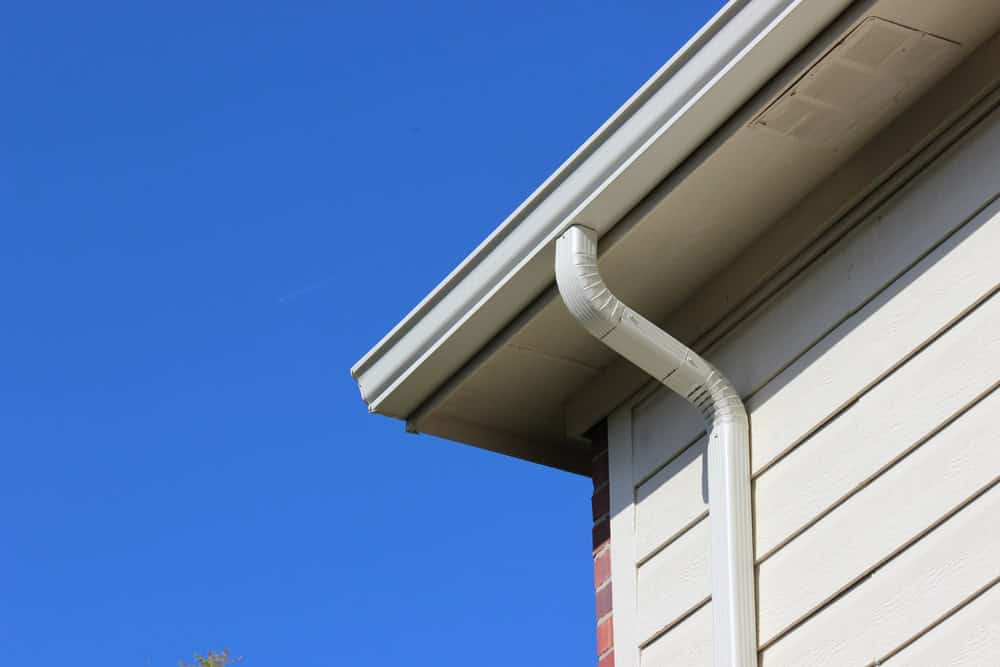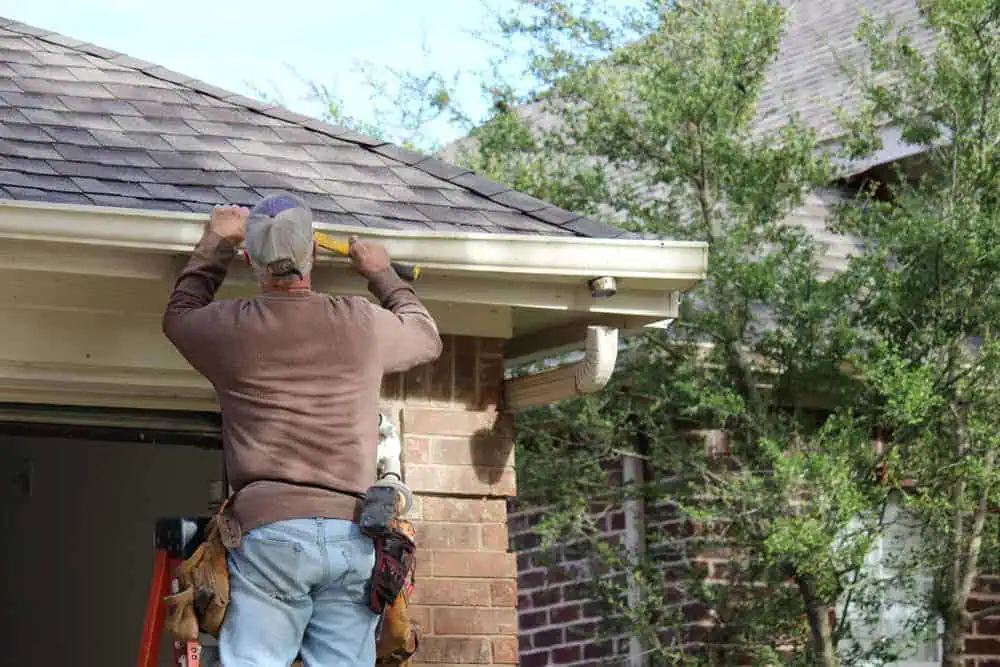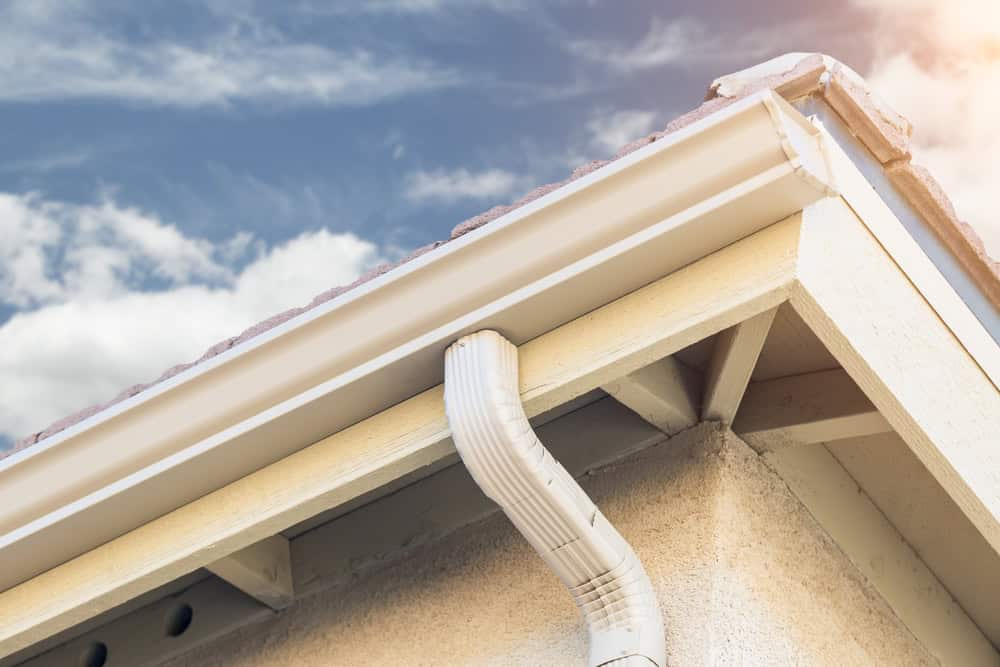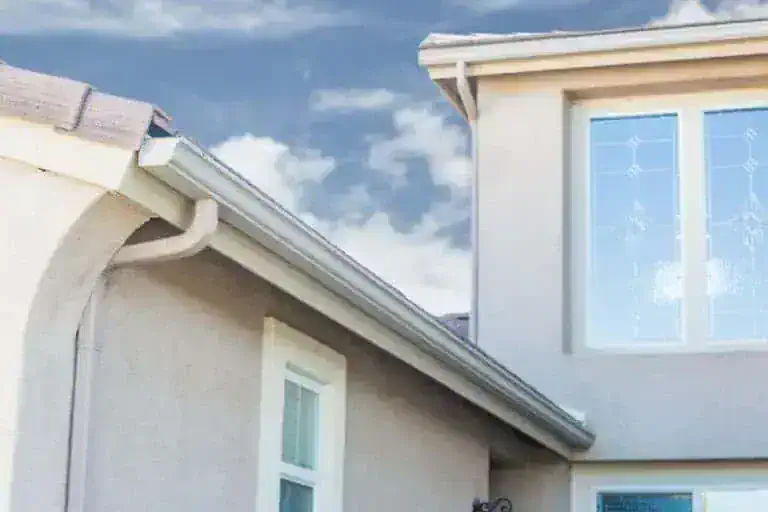Seamless Gutters in Quaker Hill, CT
Water Damage Stops Here
Custom seamless gutters that actually handle Connecticut’s storms and protect your home for decades.

Hear from Our Customers

Professional Gutter Installation Services
When your gutters work right, you stop worrying about water damage. No more watching storms roll in and wondering if this is the one that floods your basement or washes out your landscaping.
Seamless gutters handle Connecticut’s heavy rainfall better than sectional systems because there are no joints to fail. That means no leaks dripping onto your foundation, no overflow washing away your mulch, and no water finding its way into places it shouldn’t be.
You get gutters sized specifically for your home and our weather patterns. Not some generic system that might work somewhere else, but engineered for the rainfall we actually get here in Quaker Hill.
Quaker Hill Gutter Company
We’ve been installing gutter systems throughout Connecticut long enough to understand what works here and what doesn’t. We’ve seen what happens when gutters aren’t sized right for our storms, and we’ve fixed plenty of installations that looked good but failed when it mattered.
You’re not getting a crew that learned gutters somewhere else and hopes it translates. You’re getting contractors who’ve handled every type of Connecticut weather challenge and know how to build systems that last.
We serve Quaker Hill and surrounding areas because we live here too. When we install your gutters, we’re confident enough in our work that we’ll drive by your house during the next big storm without worrying about getting a phone call.

Gutter Installation Process
First, we measure your roofline and calculate the water volume your gutters need to handle. This isn’t guesswork – we use Connecticut rainfall data and your roof’s square footage to size everything correctly.
Next, we fabricate your seamless gutters on-site to exact measurements. No joints except at corners and downspouts, which means no weak points where leaks typically start. We install proper hangers spaced correctly for snow loads and use materials that won’t pull away from your fascia.
Finally, we test the entire system to make sure water flows properly to downspouts and away from your foundation. We check that everything slopes correctly and that your gutters can handle the volume they’ll actually see during Connecticut storms.

Ready to get started?
Complete Gutter Solutions
You get seamless gutters custom-formed to your exact measurements, not pre-cut sections that require joints every ten feet. We use heavy-duty hangers rated for Connecticut snow loads and position them at proper intervals so your gutters won’t sag or pull away.
Your installation includes properly sized downspouts and extensions to direct water away from your foundation. We make sure everything slopes correctly for drainage and that corner joints are sealed to prevent leaks.
We also handle the details that matter – like matching your home’s color, ensuring clean lines that enhance your curb appeal, and cleaning up completely when we’re done. You get gutters that work right and look professional, installed by contractors who understand what Connecticut weather demands from a gutter system.

